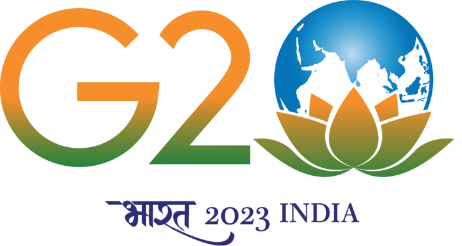IMPROVEMENTS IN TOTAL FRINGE ORDER PHOTOELASTICITY (TFP)
தேதி9th Nov 2022
Time11:00 AM
Venue Online Meeting Link: https://meet.google.com/vzn-ngaj-tcq
PAST EVENT
Details
Total fringe order photoelasticity (TFP) digitally compares the colour information in the isochromatics of the application specimen with an experimental colour calibration table to assign fringe order. This ideally requires a calibration image to be taken for each experiment. Colour adaptation techniques circumvent this requirement by modifying the existing calibration table based on the colour characteristics of the application image. However, the existing colour adaptation techniques were found to be vulnerable to image artefacts thus affecting the fringe order demodulation. A novel colour transfer method is proposed to overcome this issue and its immunity to image artefacts is demonstrated.
A simple least-squares analysis alone is insufficient to evaluate fringe orders across the model domain due to the repetition of colours in the isochromatic pattern. This is rectified through a process called fringe order refinement. The success of TFP mainly depends on the right choice of refining parameters. However, no guidelines on the selection of the refining parameters and troubleshooting refining issues are available in the literature. These guidelines are established by conducting a systematic parametric study on simple and complex fringe patterns.
The novel colour transfer and guided refining are tested on the complex fringe field in the problem of a crack interacting with a set of two holes. In the stress concentration zones of this problem, the spatial resolution was as low as 3 pixels/fringe order, and they were blurred (low variation of intensity) due to the resolution limit of the camera. The blurred zones corrupted the existing scanning map resulting in refining errors. This issue is initially solved by using multiple tiles for local refinement, which need to be carefully positioned. However, recognizing that this issue would be common in all such complex problems due to the resolution limit of the commercial digital cameras, a novel blur map to be used as the scanning map for such problems is developed.
As deep learning methods are currently sweeping several branches of science and engineering, an initial attempt at using them to evaluate fracture parameters from isochromatic images is also made.
Speakers
Mr. Sachin Sasikumar (AM17D402)
Department of Applied Mechanics

